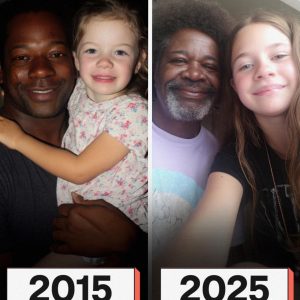If you’ve ever walked along quiet residential streets in Japan, you might have noticed clear plastic water bottles lined up near fences, walls, or gardens. Though they may seem like discarded trash, these bottles are actually placed intentionally as nekoyoke, or cat deterrents. This curious practice is a common sight in many Japanese neighborhoods.
Despite the country’s love for cats, stray felines can pose problems by spreading disease or damaging property. To address this, some residents place water-filled bottles outside their homes and gardens in an effort to discourage cats from entering or marking their territory in those areas.
The belief behind this practice is that the sunlight or artificial light reflecting through the water creates flashes that startle or confuse cats. Others think that the distorted reflections or the way water changes depth perception may disorient the animals, making them avoid the area altogether.
Interestingly, this custom did not originate in Japan. It is believed to have started in the West during the 1980s as a method to repel dogs. Over time, Japan adopted and adapted the idea to deter cats instead, especially in residential areas where green spaces or gardens might attract strays.
However, the effectiveness of this technique is questionable. Animal behavior experts generally agree that water bottles do not reliably prevent cats from entering an area, particularly in low-light conditions where light reflections are minimal. Nevertheless, the practice persists—driven by tradition, habit, and perhaps a small amount of hopeful thinking.
Though the method has not proven scientifically effective, it remains a harmless and non-invasive way for residents to try and protect their spaces. Over the years, it has become more of a cultural curiosity than a pest control measure, reflecting values such as resourcefulness and subtle problem-solving. Whether it works or not, the sight of these water bottles adds a bit of intrigue and quiet charm to Japanese streets, leaving a lasting impression on both locals and visitors alike.





